Your home
in the heart of Florence
Art at your Doorstep → Just around the Flat / Trips outside Florence
The surroundings of Florence offer many possibilities for trips and excursions, and it is not necessary to stack up many kilometers to reach places of great charm from an artistic and landscape point of view. The beauty of Florence is crowned by that of the villages, hills and countryside that surround it.
Medici Villas and Gardens
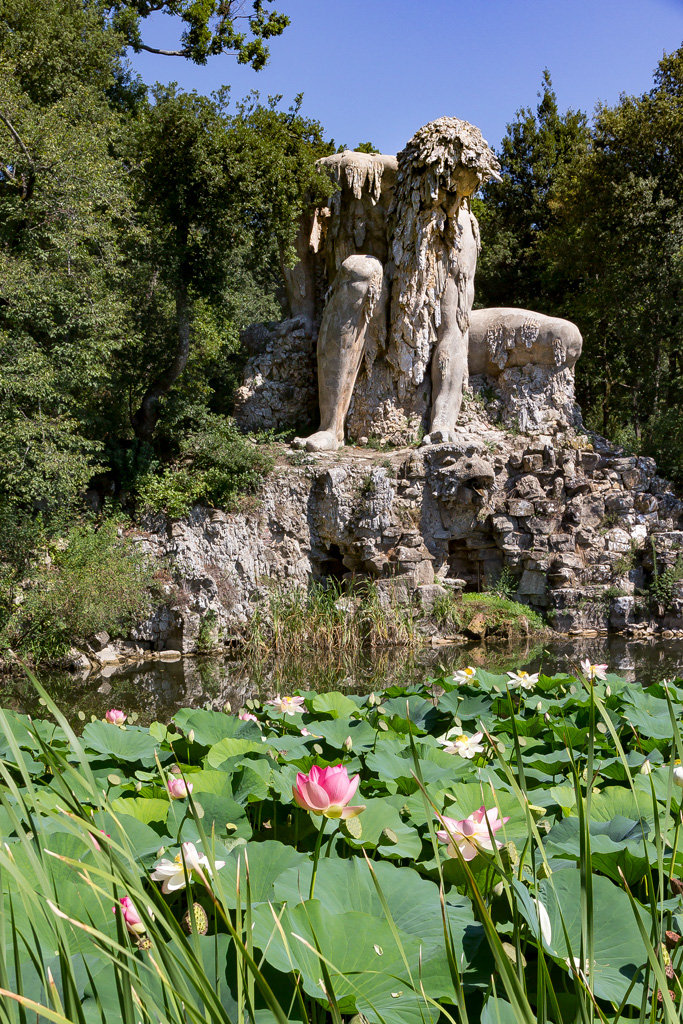
There is no equal in the world ... The group of twelve Medici villas and two gardens around Florence is an extraordinary unicum.The visit seems to be a journey back to the past, from the Renaissance to the Baroque period, when the Medici dynasty had a series of places of delight and vacation surrounded by magnificent parks built. The villas and their gardens are part of the Unesco World Heritage. Each of them adopts a different architectural module and has several works of art. Notwithstanding the differences, the amazement they arouse for their beauty and splendour unites them..
It is advisable to check the opening hours carefully as they are subject to continuous changes.
Medici Villas and Gardens
Fiesole
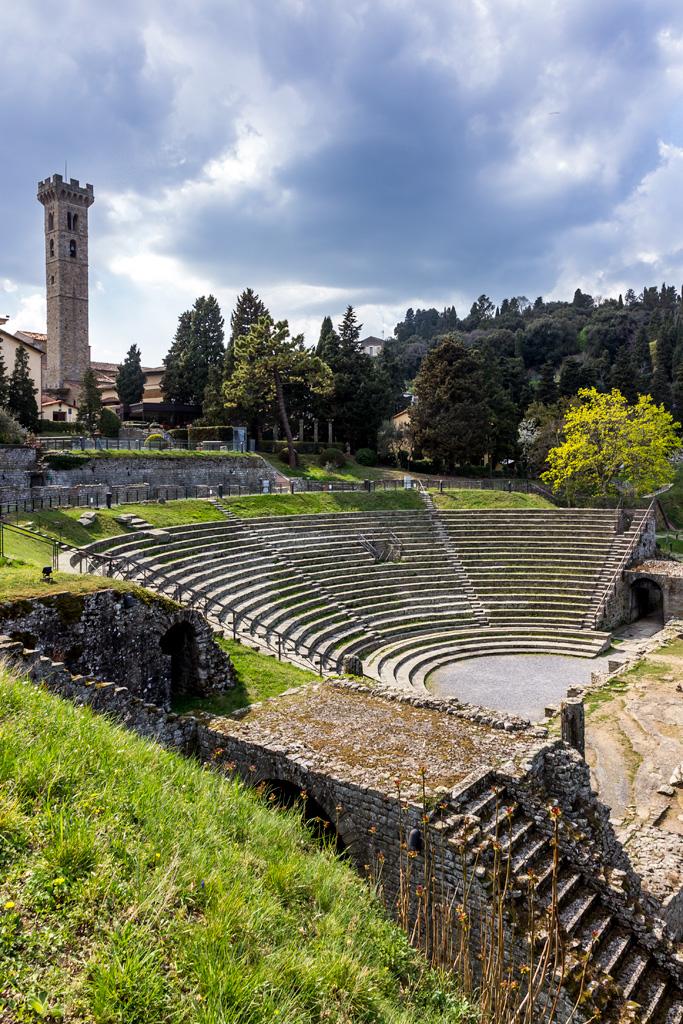
If Florence has a “mother”, this seems to be Fiesole, which was probably the first settlement of ancient Florentia. After riding along the elegant Via San Domenico that climbs the hill north of Florence, you quickly reach the centre of Fiesole in Piazza Mino da Fiesole.
The view over Florence is splendid. In addition, although small, Fiesole holds many treasures: the archaeological area which includes the amphitheater, the thermal baths and the archaeological museum; the Cathedral of San Romolo; the Abbey of Fiesole; the Chapel of San Jacopo with the large fresco by Bicci di Lorenzo and the Bandini Museum which exhibits Tuscan masterpieces from the 13th and 14th centuries. Fiesole is also the starting point for exploring the beautiful surroundings: hills covered with olive trees and dotted with castles and dreamy villas.
Fiesole
Florence Charterhouse
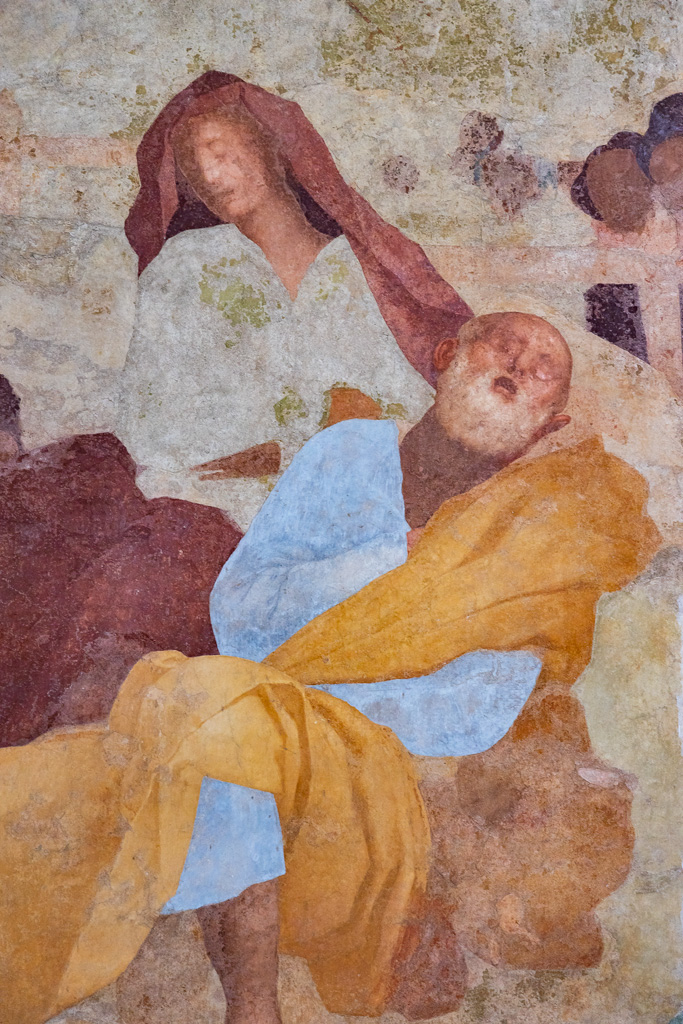
At the gates of the city, on the road leading to Chianti, the monumental complex of the Florence Charterhouse stands out on Monte Acuto. It was Niccolò Acciuaioli, a member of one of the most important banking families in the city, who wanted it to be founded in the first half of the fourteenth century. Over the centuries, the Charterhouse has been enriched with works of art. Among the masters who were welcomed there, Pontormo found refuge in the Charterhouse during the plague in 1523 and painted the frescoes dedicated to the Passion of Christ. Then they were transferred to the picture gallery of the Acciaiouli Palace at the entrance to the Charterhouse. The guided tour lasts about an hour and includes an interesting itinerary in the monastery that touches the Church of San Lorenzo, the cloisters, the refectory and the chapter room.
Florence Charterhouse
Florentine Chianti
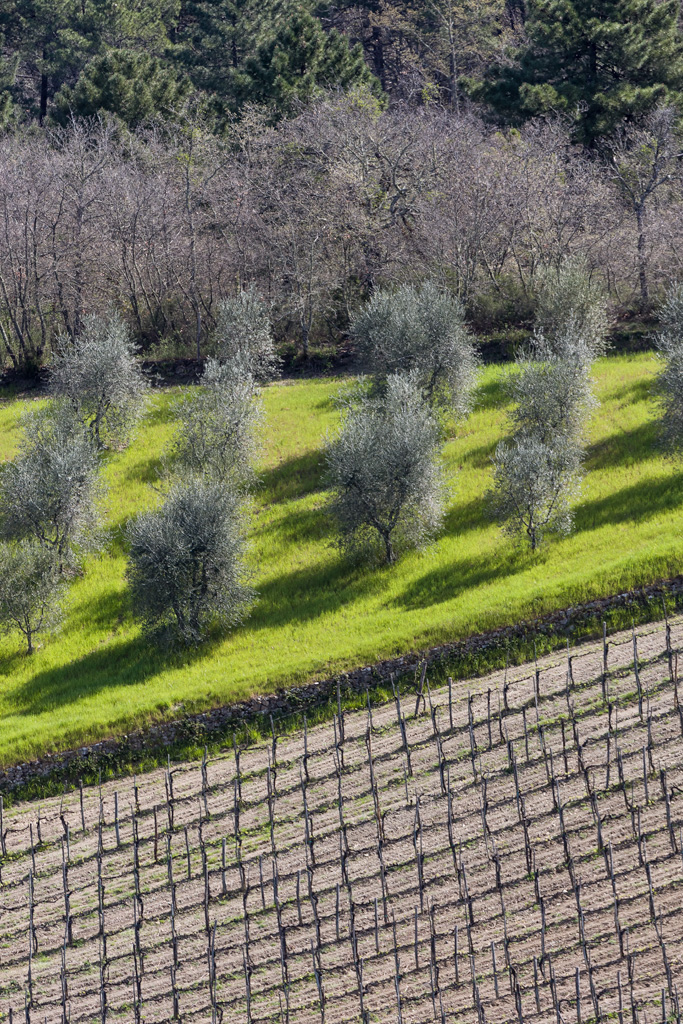
In the popular imagination, the Tuscan landscape coincides with the rolling hills, vineyards and olive groves of Chianti. It is a very rich area: you can go to castles, villages, wineries or choose to join groups that organize targeted tastings, trekking or tours by bicycle or Vespa. In any case, the starting point, driving along the panoramic Chiantigiana route, is Greve, the village less than twenty kilometers from Florence, famous for the triangular Piazza Matteotti. The square hosts numerous shops under its portico. These include the historic Falorni butcher's shop, opened in 1729, where you can stock up on appetizing meats and cold cuts.
Chianti
Castelfiorentino
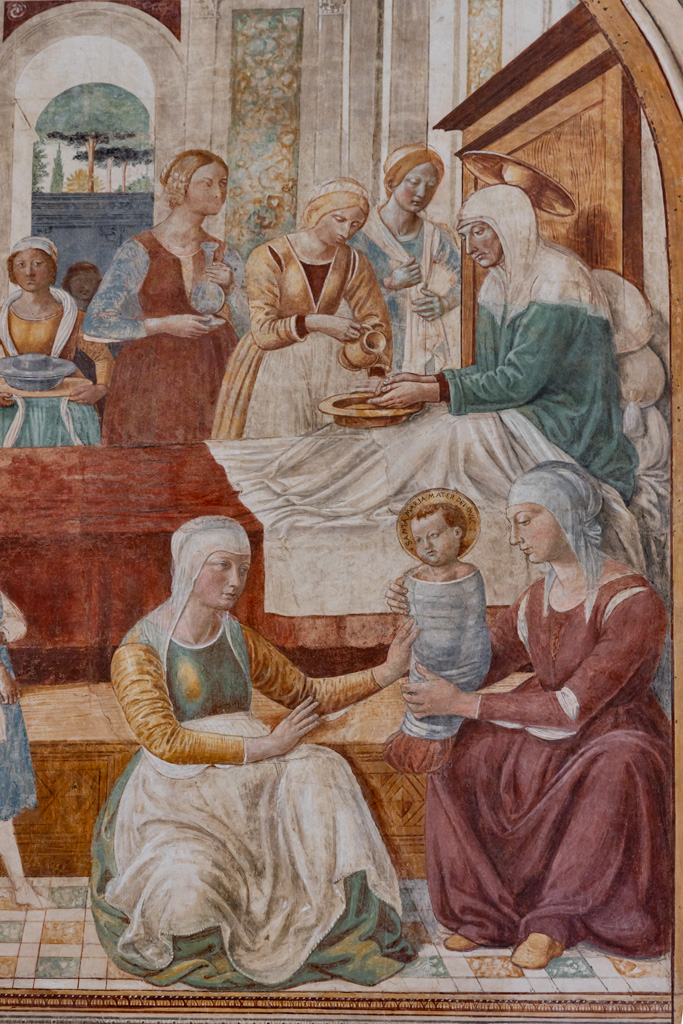
For those who are fond of the Renaissance painting and want to deepen their knowledge of Benozzo Gozzoli, the master who decorated the Chapel of the Magi in the Medici Riccardi Palace in Florence in the fifteenth century, Castelfiorentino is a must destination. In fact, the village has dedicated a small museum to the frescoes and preparatory drawings (sinopia) of two tabernacles, that of the Madonna della Tosse and that of the Visitation, by Benozzo Gozzoli.
In the town and the surrounding area, you can also visit the Museum-church of Santa Verdiana, the municipal art collection, the gothic Church of San Francesco and the Sanctuary of Santa Verdiana, characterized by a baroque façade.
Benozzo Gozzoli Museum
Certaldo
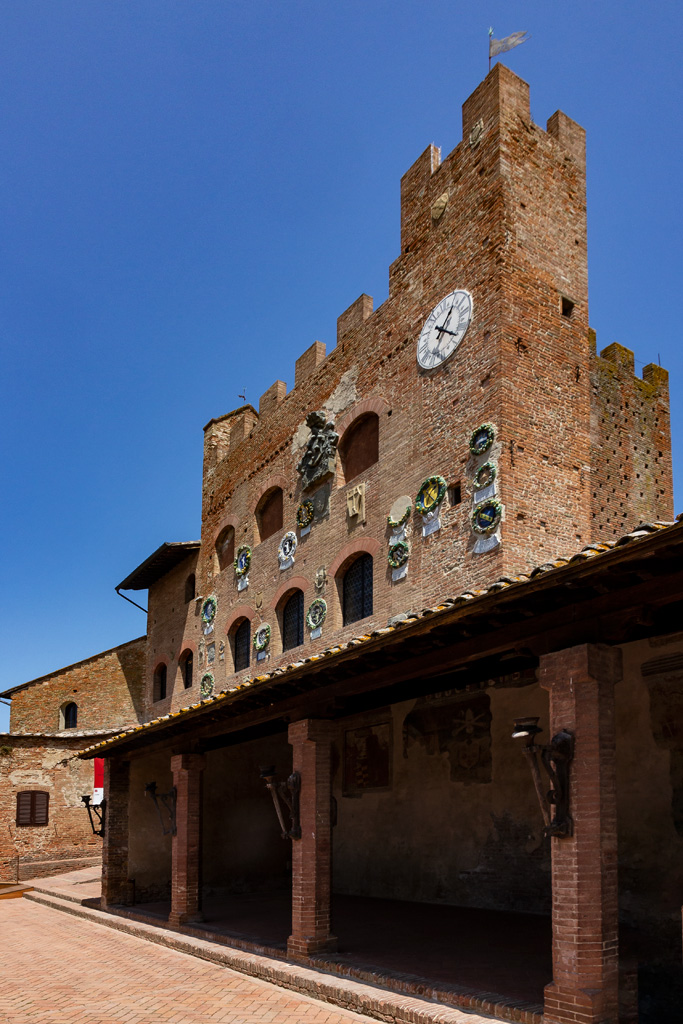
You can easily reach Certaldo from Florence. It is the medieval village in Val d’Elsa where Boccaccio was born in 1313. A walk in the upper part of the town, which corresponds to the ancient medieval core, is very pleasant. You can visit the house, now a museum, where Boccaccio was probably born and where he spent most of his life. It is also worth stopping at Palazzo Pretorio and give a look at its prisons, the audience hall, the chapel and the façade which is characterized by the family crests of each Vicar who ruled Certaldo. The Museum of Sacred Art, housed in an ancient Augustinian convent, exhibits some paintings from the twelfth to the sixteenth century, as well as sculptures and sacred vestments.
Certaldo is also famous for some events: in July Mercantia, the street arts festival with performances and scenographic installations, is scheduled and in September a historical re-enactment inspired by the novels of Boccaccio's Decameron is organised.
Certaldo
Montelupo and the Ceramics Museum
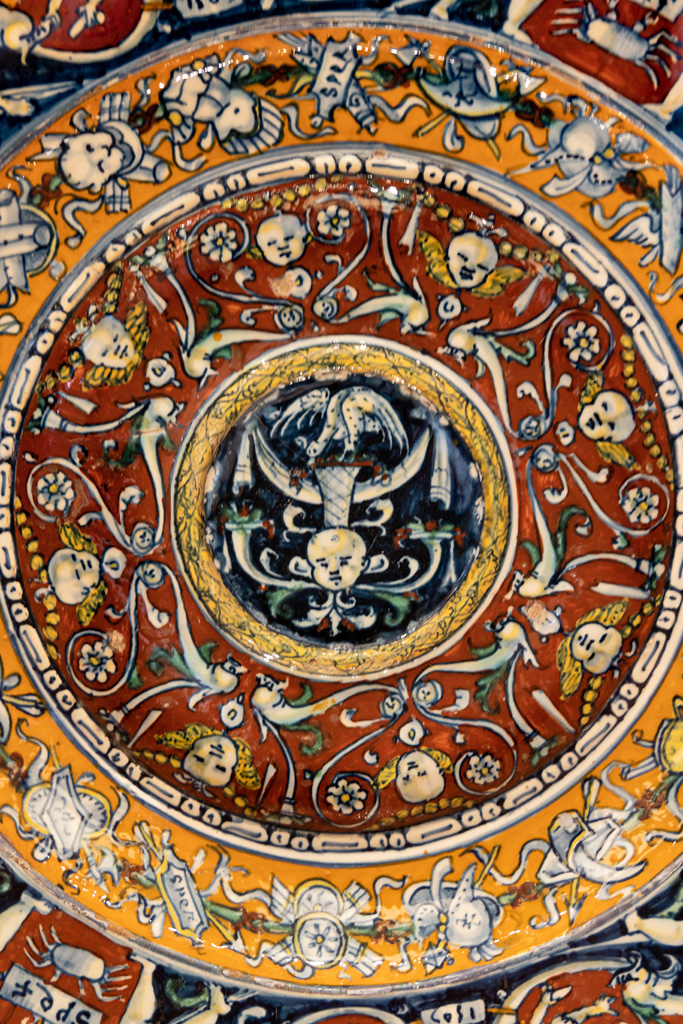
The town of Montelupo has been one of the most important centres for the production of ceramics in the Mediterranean basin since the 13th century. Montelupo was also the reference of Florence for majolica handicraft between 1400 and 1530. As a matter of fact, in the Renaissance, the great families such as Medici, Strozzi, Machiavelli, Canigiani, Frescobaldi commissioned the ceramic objects, that would enrich their sumptuous palaces, to the Montelupo workshops. The Montelupo Ceramics Museum houses a collection of ceramic works produced from the 13th to the 18th century.
Montelupo Ceramics Museum
Vinci
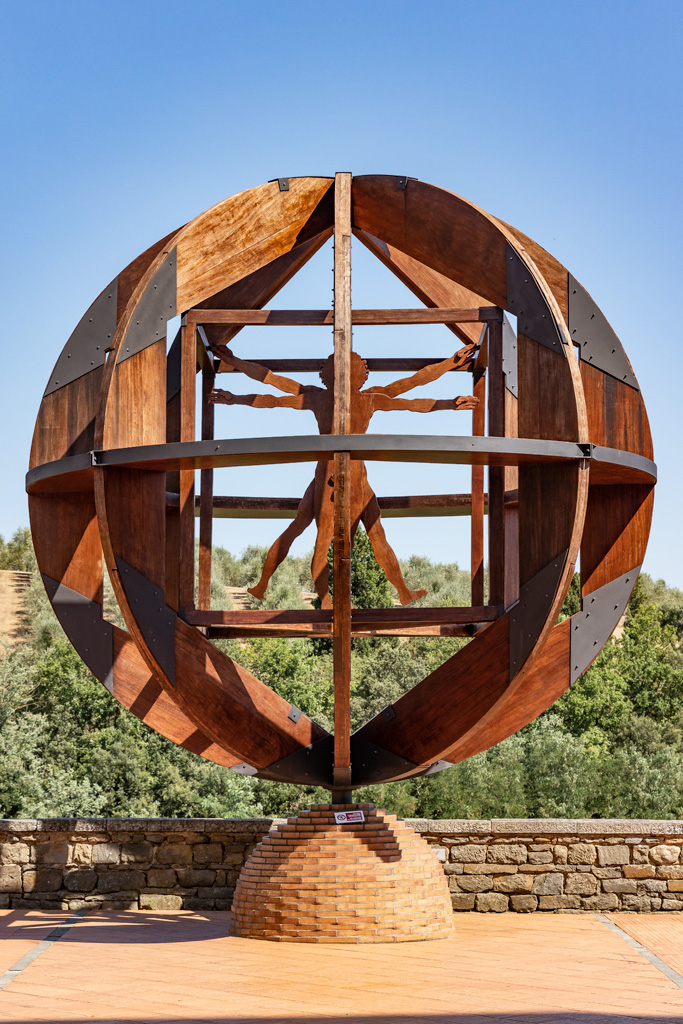
The village of Vinci, surrounded by mantles of olive trees and vineyards, stands out for the Castle of Counts Guidi and the Church of Santa Croce which preserves the old font where, according to tradition, Leonardo da Vinci was baptized. Behind the castle there is a wooden sculpture by Mario Cerali which refers to Leonardo's Vitruvian man. The Leonardo Museum exhibits drawings, projects, reproductions of works by the Renaissance genius. The room dedicated to models of the machines designed by Leonardo is very interesting both for adults and children. Before returning to Florence, you can take a trip to Anchiano, in the immediate vicinity of Certaldo, to visit Leonardo's birthplace and imagine the young man who, cared for by his grandfather and in the company of his uncle, ran in this wonderful countryside freely and began his first observations on the world of Nature.
Vinci
Mugello
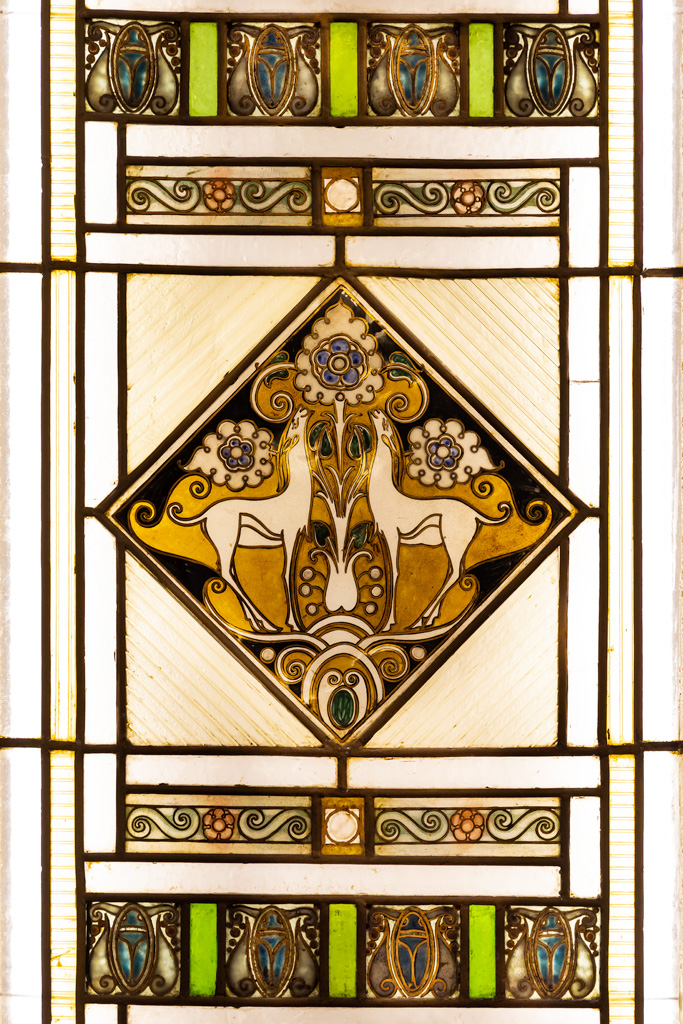
North of Florence, taking the Faentina or the Bolognese routes by car, you reach the Mugello, one of the most beautiful areas around the city and also famous for the moto gp circuit. The hilly landscape is very suggestive and is the ideal setting for excursions by bike or on horseback. The itinerary in Mugello touches the artificial basin of Lake Bilancino, a pleasant place to relax, swim, sunbathe or go for a walk. For those who love birdwatching, in Spring and Summer, the WWF Oasis of the Gabbianello in the Barberino di Mugello area is an important reference because it is located along the traditional migration route of birds from Africa to the North Pole. Finally, the villages of Mugello also deserve a stop: Scarperia for the historic centre and the artisan production of knives, Vespignano for Giotto's house and its castle, Borgo San Lorenzo for the museum dedicated to the manufacture of ceramics by Galileo Chini, one of the greatest exponents of Italian Art Nouveau.
Mugello
Prato
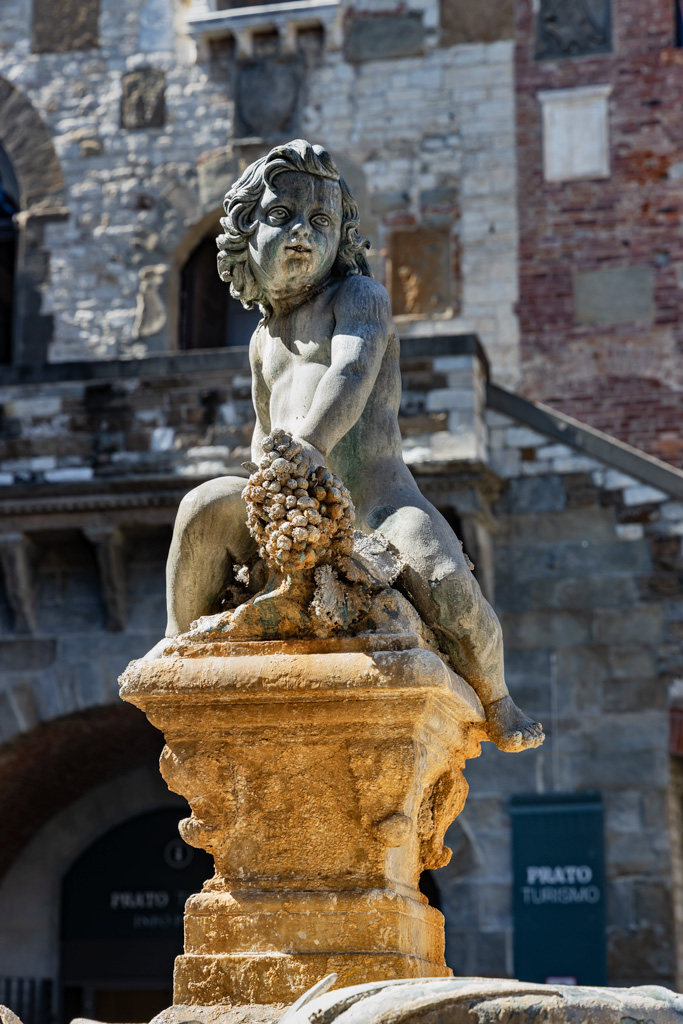
Although in an area around Florence penalized by industrial and commercial development, Prato is a destination not to be overlooked. The centre is dotted with historic buildings and churches that preserve works of art of great importance. The Cathedral is splendid and it is to be remembered for the pulpit decorated by Donatello and the Renaissance frescoes by Filippo Lippi. Prato has also very important exhibition spaces such as, among others, the Museum of Palazzo Pretorio with a collection of Renaissance masterpieces, the Museum of the Duomo Opera, the Textile Museum. Finally, for those who love the art of the last decades, the Luigi Pecci Centre for Contemporary Art cannot be forgotten.
Discover Tuscany: Prato
Badia a Passignano
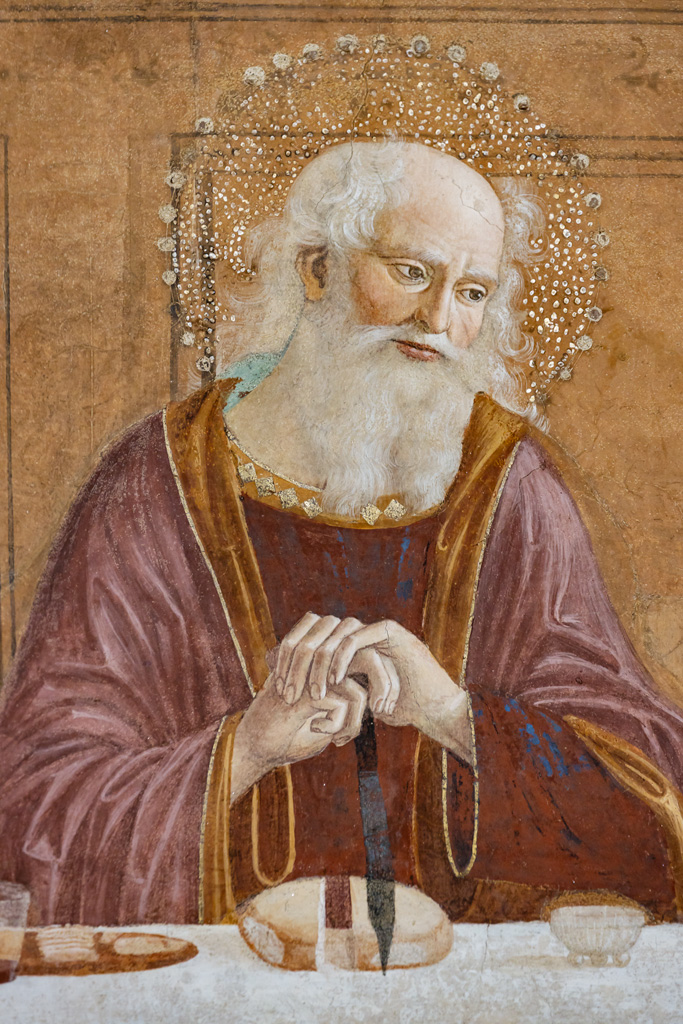
A fortified abbey, on the top of a Chianti hill, surrounded by slopes planted with vines. Nothing else ... An emotional place of absolute charm where time seems suspended, where there is no trace of anything else.
It is worth moving from Florence not only for the landscape, but also for the fortified Abbey of S. Michele Arcangelo and for its works of art. On Sunday afternoons a monk usually guides the tour of the Abbey of the Benedictine order of Vallombrosa. You are admitted to the church, the kitchen, the chapter house, the cloister, the garden and above all the refectory where you can admire the beauty of the Cenacle by Domenico and Davide Ghirlandaio.
Badia a Passignano
Barbara
florenceapartment@icloud.com

© yourflorenceapartment.com • Webdesign: © Gianluca Poletti • Photos: © www.ghigoroli.com